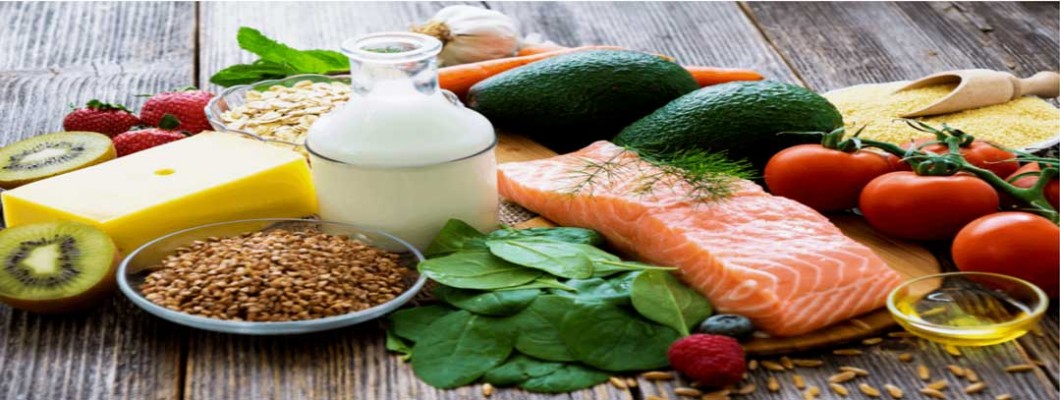
It is important to note that although NMN can be supplemented through diet, the amount of NMN in food is relatively low. If supplementation with NMN is desired for specific health purposes (e.g., anti-aging, improved health, etc.), it may be necessary to consider the use of NMN supplements.
Food sources of NMN
1. Vegetables: Broccoli: Broccoli is a nutrient-rich vegetable that contains a certain amount of NMN. Broccoli is rich in a variety of vitamins, minerals and dietary fibre, and its NMN content may be beneficial to health. When cooking broccoli, you should try to use healthy methods such as steaming and boiling to avoid overcooking which may lead to loss of nutrients. For example, steaming broccoli can better retain the NMN and other nutrients in it.
Cucumber: Cucumber is also one of the vegetables containing NMN. It is high in water content, low in calories and rich in vitamin C, potassium and other nutrients. Eating cucumber raw maximises the amount of NMN in it, while still enjoying its refreshing and tasty taste.
Edamame: Edamame are the immature stage of soyabeans, which contain a certain amount of NMN. In addition, Edamame are also rich in vegetable protein and dietary fibre. Cooking edamame is a common way of serving edamame to retain its nutrients and taste its original flavour.
2. Fruits: Avocado: Avocados are rich in healthy fats, vitamins and minerals, and also contain small amounts of NMN. avocados can be eaten in salads or spread on bread as a supplement to NMN and for other nutrients.
Tomatoes: Tomatoes contain a variety of good-for-you substances, including some NMN, and can be eaten raw, in soups, or in tomato sauce. Both fresh tomatoes and processed tomato products may provide some amount of NMN.
Rational food combinations to increase NMN intake
1. Build a balanced diet: In daily diet, NMN-rich foods should be reasonably matched with other types of foods.
For example, pairing broccoli with protein-rich chicken can replenish NMN and obtain high-quality protein at the same time. Such a combination can help improve the overall nutritional status of the body because different foods provide different nutrients, and complementing each other can satisfy the body's multiple needs.
You can make a vegetable salad by adding NMN-rich fruits and vegetables such as cucumber, avocado, tomato, etc., and pair it with some nuts (such as almonds, which are rich in healthy fats and proteins) and low-fat cheese (which provides proteins and calcium), so that a salad is both tasty and can increase the intake of NMN as well as provide a wealth of nutrients.
2. Diversify dietary choices: To ensure adequate intake of NMN, maintain a varied diet. Instead of relying on just one or two NMN-rich foods, incorporate a variety of vegetables and fruits into your daily diet.
For example, have some edamame as a snack throughout the day, serve lunch with steamed broccoli and tomato soup, and consume cucumber salad for dinner. By diversifying your dietary choices, you can obtain NMN from different foods, as well as consume a more comprehensive range of nutrients and reduce the risk of nutritional deficiencies caused by single foods.

Leave a Comment